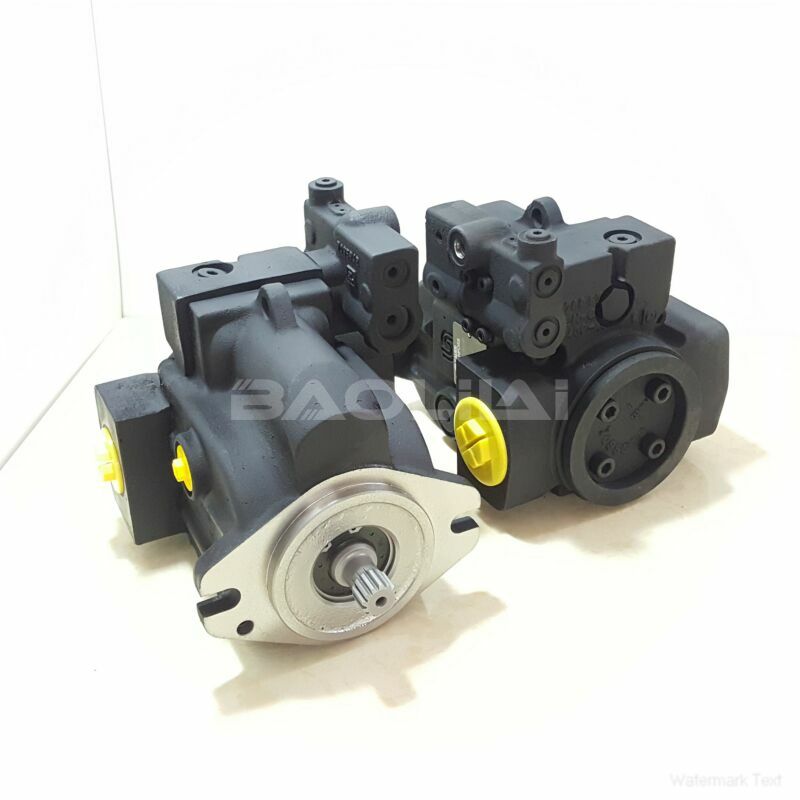LRR030DLS2020NNN3C2NFA6NAAANNNNNN hydraulic pump
LRR030DLS2020NNN3C2NFA6NAAANNNNNN hydraulic pump

- Product Details
- Applicable Scene
Designing an efficient fertilizer distribution system is crucial for optimizing agricultural productivity and ensuring sustainability in farming practices. A well-structured system can help in delivering the right amount of nutrients to crops while minimizing waste and environmental impact. Piston pumps are an excellent choice for this application due to their high efficiency, precise control, and ability to handle varying viscosities. This article will outline the key considerations and steps in designing such a system.
LR-R-030D-LS-20-20-NN-N-3-C2NF-A6N-AAA-NNN-NNN
LRR030DLS2020NNN3C2NFA6NAAANNNNNN
Understanding Piston Pumps

7005201S
Piston pumps operate based on a reciprocating mechanism that creates a vacuum to draw fluid in and then forces it out through a discharge valve. Their ability to manage high pressures and deliver precise flow rates makes them particularly suitable for pumping fertilizers, which can often vary in density and composition. They can efficiently handle solid particles present in certain fertilizers, reducing the risk of clogging.
Key Design Considerations
Fertilizer Type: Determine the type of fertilizer to be used, as different formulations (liquid, slurry, or solid) will affect pump selection and system design. Consider the viscosity and particle size, which influence pumping efficiency and wear on the pump components.
Flow Rate and Pressure Requirements: Establish the required flow rate and pressure for your application. This will depend on the size of the operation, the distance between the fertilizer source and the application points, and the layout of the distribution system.
Pump Selection: Choose a piston pump that matches the desired specifications. Factors to consider include the pump’s maximum pressure rating, flow rate, and materials of construction. Stainless steel or high-grade plastics are often preferred for their durability and resistance to corrosion.
System Layout: Plan a system layout that minimizes bends and elevation changes in the pipeline to reduce friction losses. Use larger diameter pipes for long distances or high flow rates to maintain efficiency.





